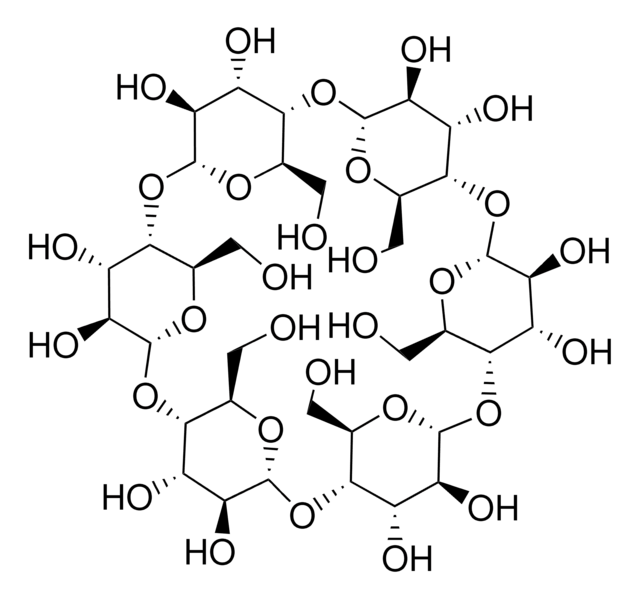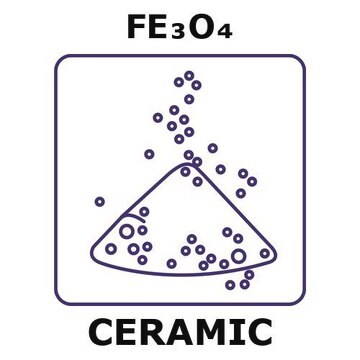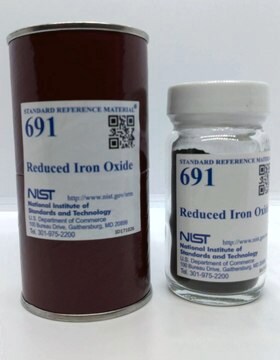400866
Iron(II) oxide
−10 mesh, ≥99.6% trace metals basis
Sinónimos:
Ferrous oxide, Iron monooxide
About This Item
Productos recomendados
Quality Level
assay
≥99.6% trace metals basis
form
powder
impurities
≤5% free iron
particle size
−10 mesh
density
5.7 g/mL at 25 °C (lit.)
application(s)
battery manufacturing
SMILES string
O=[Fe]
InChI
1S/Fe.O
InChI key
UQSXHKLRYXJYBZ-UHFFFAOYSA-N
¿Está buscando productos similares? Visita Guía de comparación de productos
General description
Storage Class
13 - Non Combustible Solids
wgk_germany
nwg
flash_point_f
Not applicable
flash_point_c
Not applicable
Elija entre una de las versiones más recientes:
¿Ya tiene este producto?
Encuentre la documentación para los productos que ha comprado recientemente en la Biblioteca de documentos.
Los clientes también vieron
Artículos
Magnetism and magnetic materials have been of scientific interest for over 1,000 years. More recently, fundamental investigations have focused on exploring the various types of magnetic materials and understanding the magnetic effects created by electric currents.
Magnetic materials permeate numerous daily activities in our lives. They are essential components of a diversity of products including hard drives that reliably store information on our computers, decorative magnets that keep the shopping list attached to the refrigerator door, electric bicycles that speed our commute to work, as well as wind turbines for conversion of wind energy to electrical power.
Nuestro equipo de científicos tiene experiencia en todas las áreas de investigación: Ciencias de la vida, Ciencia de los materiales, Síntesis química, Cromatografía, Analítica y muchas otras.
Póngase en contacto con el Servicio técnico










